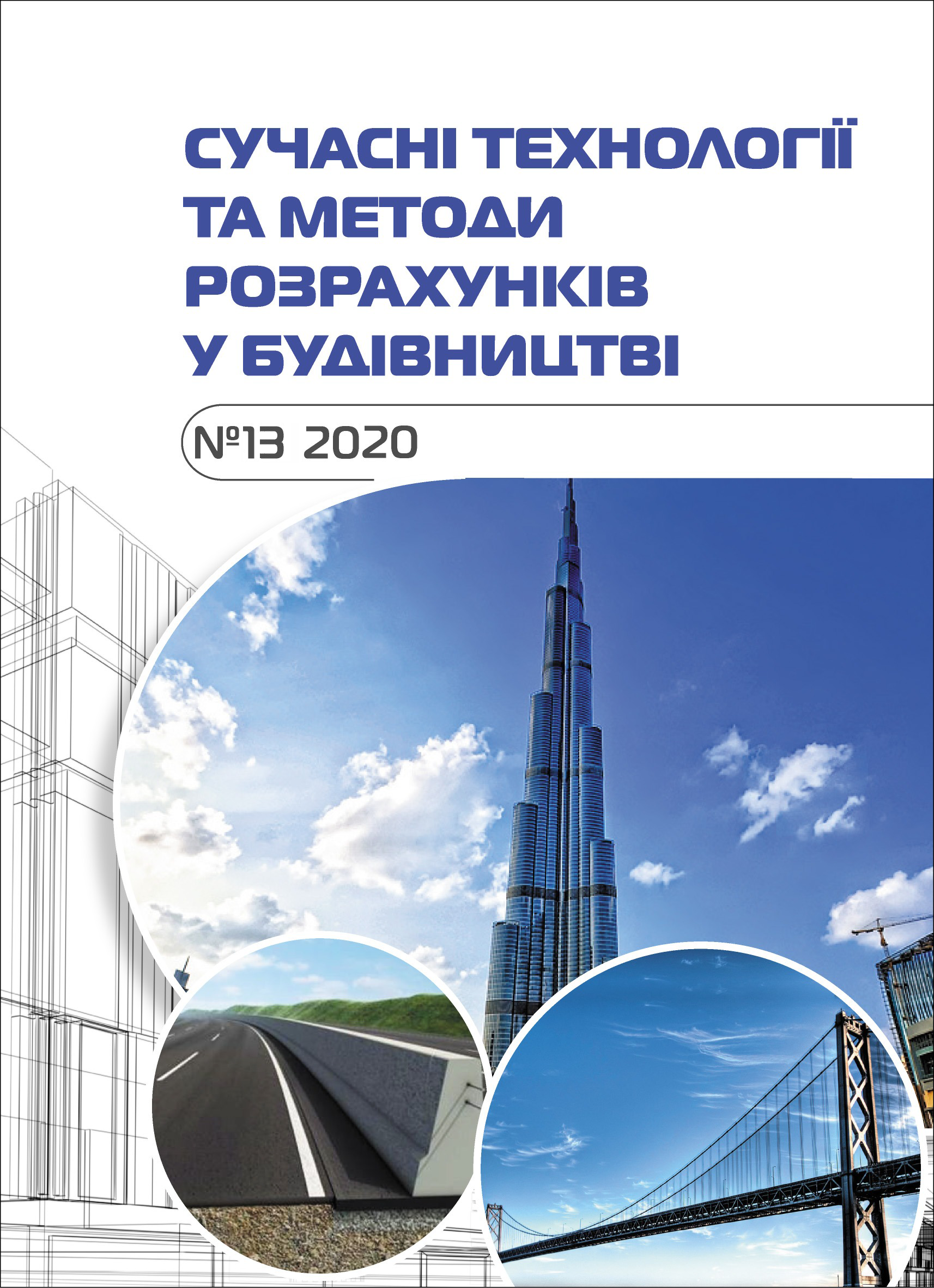Application of prestressing for increasing stiffness and sustainability of structures
Abstract
The article analyzes the application of prestress to increase the stiffness and sustainability of reinforced concrete and metal structures using the following examples: the construction of the Ostankino TV tower in Moscow and the construction of the hangar in Almaty, using segmented metal trusses with a span of 84.0 m
The load on the circular foundation of the Ostankino television tower is transmitted through ten separate inclined supports. In this case, not only horizontal inclined forces arise, but also the forces caused by temperature effects from uneven solar heating of the tower’s aboveground trunk. During the construction of the tower, vertical cracks appeared in the body of its foundation.
It was decided to strengthen the previously erected foundation by creating a prestressed reinforced concrete cage to apply compression on all ten supports. To increase reliability and durability, the cross-section of the foundation was increased in width by 1.5m and in height by 2.25m. Bundles of prestressed reinforcement were laid in the channels of all the 10 supports. Each bundle consists of 24 steel wires each having a diameter of 5mm.
To prevent the appearance of horizontal cracks in the reinforced concrete trunk, it was proposed to create preliminary compression on concrete with 180 prestress strands having a tensile force of 12 tons. As a result of the fire in the year 2000, 80% of the prestressed strands sagged on the brackets. Presently, the tower stands fully restored.
The second subject of research is the use of prestressed metal structures (segmented trusses). The trusses were initially arranged on a horizontal rack. This structural design resulted in additional deformations of the individual elements. Upon application of the very first load while tightening one side of the truss, the entire truss buckled against the load and collapsed completely, as a result of the eccentricity.
To overcome this defect, the structural design was modified. While the manufacture of the subsequent trusses was also carried out in the horizontal position, the tightening tension was applied in the vertical position on either side of the trusses. In this case, the friction caused between the bundles and channels of the lower chord with connecting strips was avoided. In all, 24 trusses were constructed.
This demonstrates the fact that the use of prestressed high-strength metals in construction can increase the rigidity and sustainability of structures, while ensuring economic viability at the same time!








